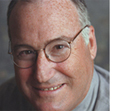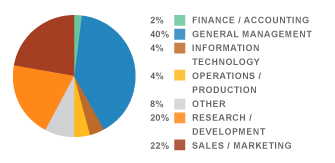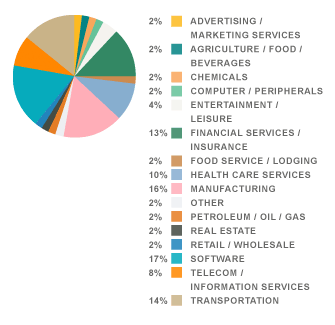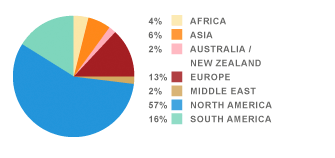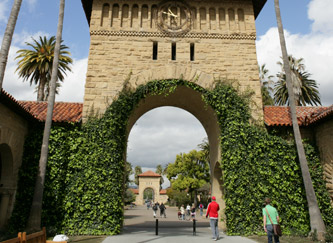FIELD RESEARCH PROJECT: ENHANCING THE CUSTOMER EXPERIENCE
At the heart of Customer-Focused Innovation is a field research project that gives you the opportunity to learn design thinking by doing. Working in small teams, you'll tackle a real-world business challenge presented by an outside company—an airline, a hotel, a gas station, etc. You and your team will collaborate with this company to enhance the customer experience by:
- Interviewing key management and personnel
- Observing and interviewing customers in the field
- Ideating, designing, prototyping, and iterating to develop new solutions
Then you'll present those innovative ideas to company management. There's no better way to practice what we teach.
RAPID PROTOTYPING
You'll learn about the logic and methods of rapid prototyping to develop quick solutions to customer service problems that can be easily tested and refined. After completing observations and brainstorming exercises, teams will work with d.school staff to select the most promising ideas and to develop and present proposals about how these prototype experiences could be quickly implemented.
SYSTEMATIC UNDERSTANDING OF CUSTOMER PREFERENCES
This session will focus on a systematic understanding of customer preferences expressed in terms of the relative importance of multiple attributes or features of the product or service.
THE KNOWING-DOING GAP
This session confronts the paradox of organizations that know what to do but frequently fail to do it. You'll learn how to diagnose major barriers and outline a new approach to changing behavior.
SCALING UP EXCELLENCE
Best-selling author Robert Sutton and his Stanford colleague Huggy Rao devoted seven years to studying how the best leaders and teams spread constructive beliefs, behaviors, and practices from those who have them to those who need them. They show what it takes to spread a mindset, not just a footprint, as a program or organization expands. Their insights are based on diverse case studies, hundreds of interviews with scaling veterans, and rigorous academic studies on organizations including Facebook, Google, Pixar, Joie de Vivre hotels, Wyeth Pharmaceuticals, Johns Hopkins Hospital, the Girl Scouts, Rocketship Charter Schools, Salesforce.com, IKEA, IDEO, U.S. Marines combat teams, JetBlue Airlines, General Electric, NASCAR pit crews at Hendricks Motorsports, and recent start-ups such as Pulse News and Bridge International Academies.
DESIGNING FOR THE HUMAN BRAIN
Design and innovation require that one is effective at discovery—unearthing and crafting value for the solutions being sought. The challenge is that while the human brain is most developed compared to all other species, especially in terms of the cognitive functions that it can carry out, a substantial proportion of human decisions and actions are shaped by basic instinctual systems and processes that are not only automatic but also often non-conscious. The purpose of these two sessions is twofold. First is to gain a rich understanding of the workings of the instinctual brain. Second is to leverage this understanding to be effective at discovery and design, unearthing solutions that the instinctual brain seeks, and crafting value propositions for these instinctual solutions.


